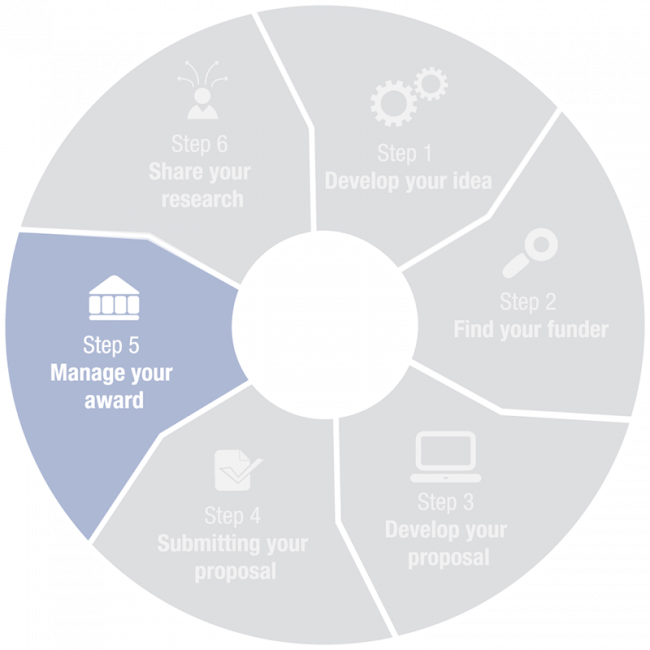Step 5: Communications plan
A communications plan is the fundamental document that will guide and shape your internal and public communications activities and your public profile. A good communications plan to announce the results of a project will give you and your team the focus it needs to have clear messages about the project, while at the same time, build both visibility and credibility for your organization. Depending on the scope of the project, the communications plan can be very simple, only a page or two in length or more extensive.

The key steps to drafting a plan are as follows:
Establishing Objectives
What effect are you aiming for when communicating? Set out concrete, tangible goals so that you can measure the impact afterwards. Is it enough that your audiences gain knowledge or do you want them to be more engaged and perhaps change a method of working? The effects that you aim for will determine what channels to use when communicating.
The objectives will state the overall communications objectives for the project. These might include such objectives as:
- to increase consumer awareness on the issue amongst the general public
- to increase public awareness and knowledge about your research field/findings
- to increase public visibility for the organization
- to positively influence media, customers/clients/donors, and other audiences.
Knowledge
What do you want your target groups, your audiences, to know? Use a scale from “be aware of” to “understand”.
Attitude
How do you want them to feel? What should their opinion be? “Tolerate” or “be engaged”?
Action
If you want action, you need to motivate, for instance, on a scale from “I might just try that” to “fight for”, or from “I’ll try it just this once” to “I’ll always do it that way from now on.”
Setting your objectives before starting any communications effort is essential because they guide and develop the other elements of your plan. These objectives should be reflective of the project objectives you outlined when you first began work on the overall project. You want to make the results of the project available to the largest possible related audience.
Choosing Target groups
It is crucial to understand whom you want to reach with your communications efforts. Start by listing all the audiences that your organization might want to contact, attempt to influence, or serve. Included on your list may be; the media, employees, consumers or politicians. Other researchers, an important target group, is mostly included in your publication strategy and dissertation plan and not included in the communications plan. Consider the location of your target stakeholders; regional, national or international.
Reaching a small targeted audience may be as simple as sending a letter or an email with the project results to all the individuals in the group. However, each audience is different and they require specialized tactics and distribution strategies.
Activities, timeline and budget
Once objectives and target groups have been established, you can decide how you will reach the audience –what tactics and materials you will use, what will be the budget and timeline.

